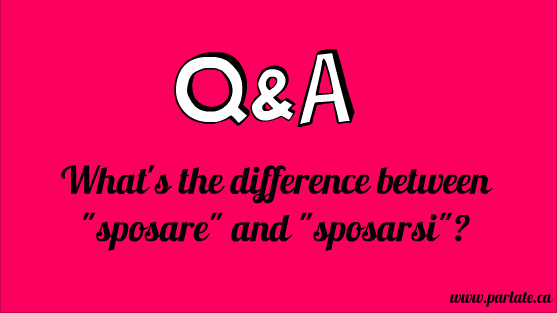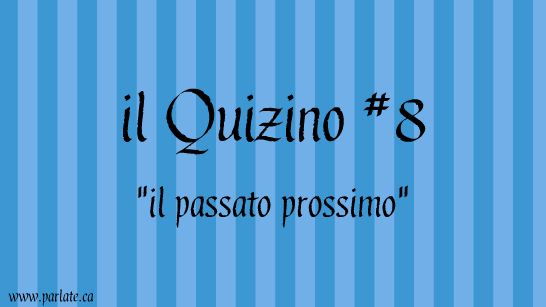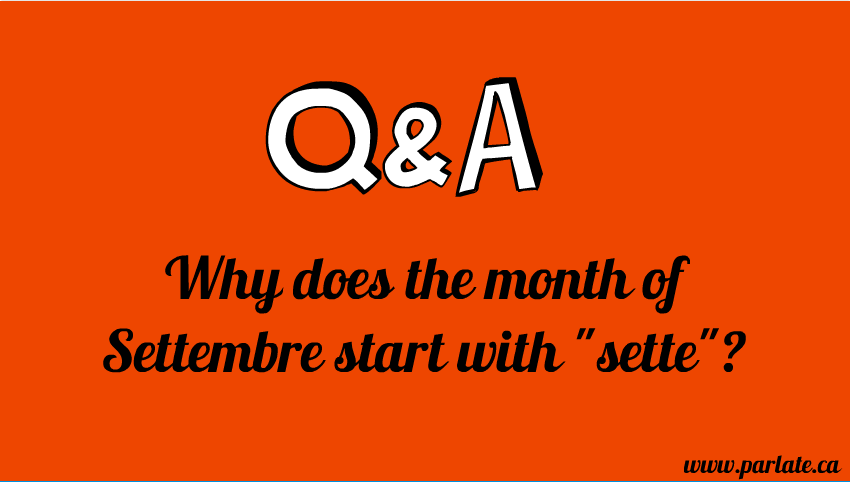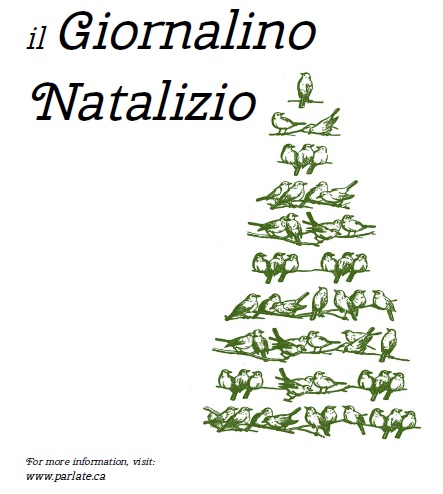Mirella Colalillo, 8 febbraio 2016
(English Follows)
La domanda di questa settimana cade a fagiolo visto che si sta avvicinando la festa degli innamorati, per quelli che festeggiano, ovviamente!
Mi sono accinta a spiegare la differenza tra “sposare” e “sposarsi”, una domanda frequente per i verbi che hanno sia una forma attiva che una forma riflessiva come in questo caso.
Ricordiamo che si distinguono una forma attiva o riflessiva a seconda del rapporto tra il verbo e il soggetto della frase.
- La forma attiva – sposare – si ha quando il soggetto svolge l’azione espressa nel verbo. Si può avere con verbi sia transitivi, sia intransitivi (transitivo = l’azione richiede un oggetto diretto; intransitivo = l’azione non richiede un oggetto diretto)
- La forma riflessiva –sposarsi – si ha quando il soggetto coincide con l’oggetto. Si può avere solo con verbi intransitivi.
Sembra una spiegazione un po’ ostica ad inizio settimana quindi bando alle ciance! Guardiamoci il video che tutto apparirà chiaro e semplice.
Mi raccomando, dopo il video esercitati a scrivere delle frasi nei commenti!
A presto,
Mirella
The question of this week is just on time for the celebration of love, for those who celebrate, of course!
I’ve set out to explain the difference between “sposare” and “sposarsi” (to marry/get married), a frequent question for verbs that have both an active form and a reflexive form as in this case.
Let’s remember that we can distinguish an active form from a reflexive form depending on the relationship between the verb and the subject of the sentence.
- The active form – sposare– is when the subject performs the action expressed by the verb. You can have it with both transitive and intransitive verbs (transitive = action requires a direct object; intransitive = action does not require a direct object)
- The reflexive form – sposarsi – is when the subject coincides with the object. You can only have it with intransitive verbs.
This explanation seems a bit tricky at the beginning of the week so ’nuff said! Let’s watch the video and everything will be clear and simple.
After the video, practice writing some sentences in the comments!
A presto,
Mirella








